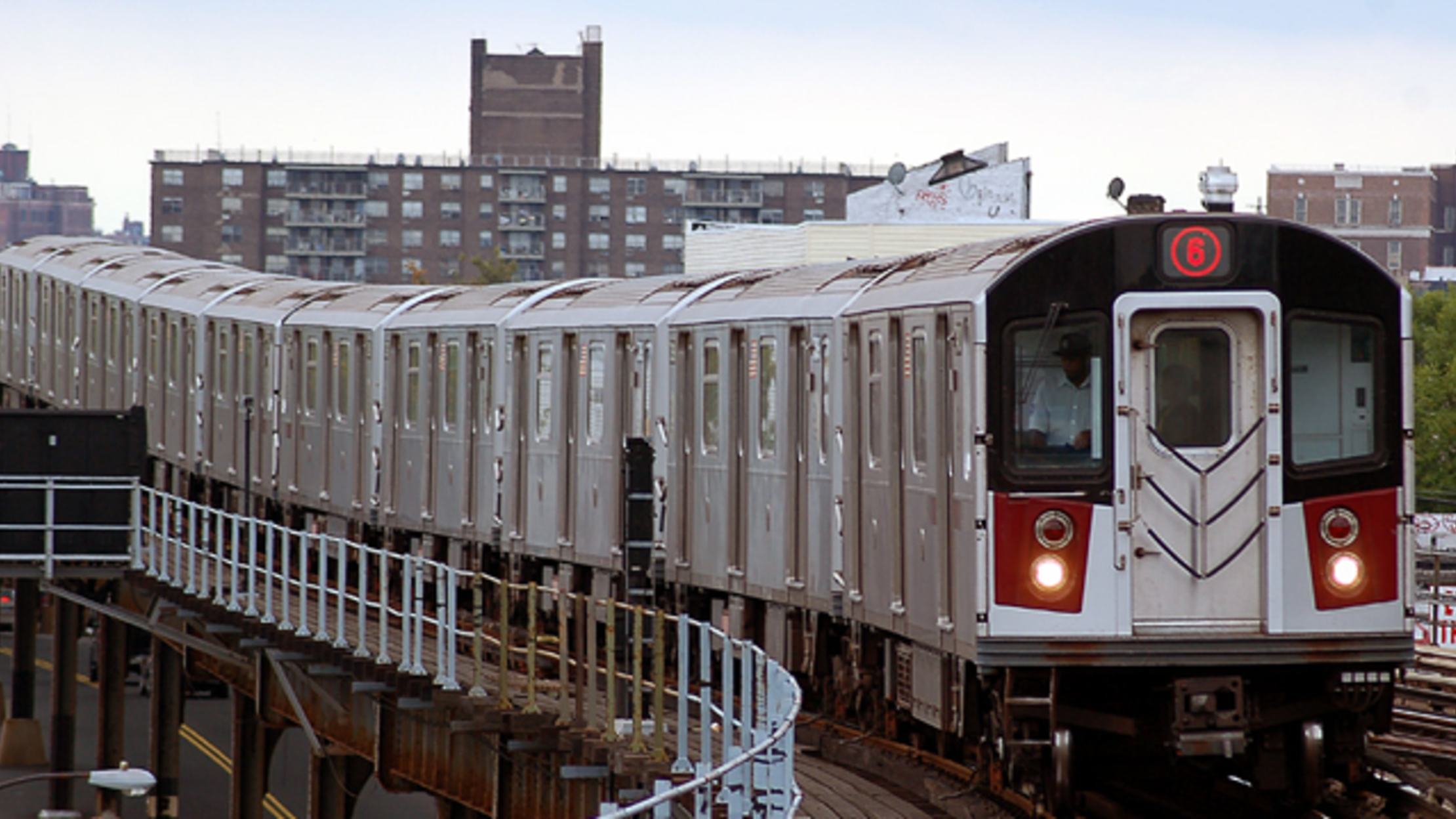
The first underground line was a resounding success. The New York Times reported that despite this hurried and unprecedented construction, relatively few accidents occurred: Several houses were damaged on Park Avenue from blasting irregular rock formations with angled strata. A day crew would then remove the debris by mule cart. Underpinning the Columbus Monument was particularly difficult.ĭrilling was done by a night shift and followed by early morning blasting of rock. Another challenge would be encountering certain underground rooms and vaults (such as bank vaults) which sometimes encroached on the new subway’s path. Construction often ran near the foundations of tall buildings, requiring engineers to ensure the stability of both the buildings and the new subway routes. Also, the street railways which the subway frequently replaced were disassembled to make way for the subway.


Pneumatic tubes used by the Postal Service could not be disturbed and had to be kept carefully aligned. Man-made difficulties included re-routing over 12 miles of sewers, as well as water and gas mains, steam pipes, and electric conduits. Natural obstacles included ground water, rock formations, and the former canal for which Canal Street is named. Not all of the construction took place in a uniform matter, partly due to the views of the different subcontractors who built different sections of the subway simultaneously.Ĭontractors faced a variety of challenges in building.

The typical subway route (called “road” in this text) was built near the surface with a flat roof and “I” beams for roof and sides and supported between tracks with columns.


 0 kommentar(er)
0 kommentar(er)
